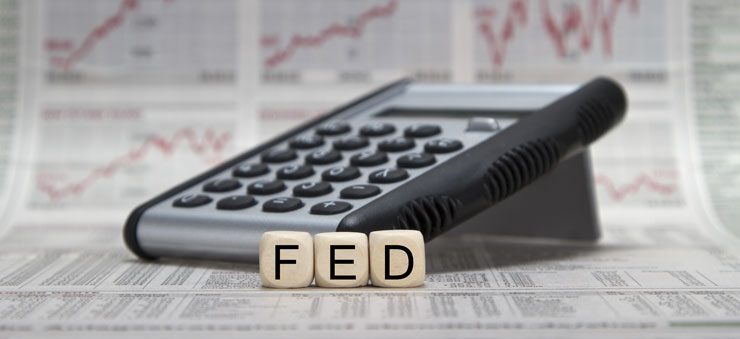U.S. Dollar Gains as Likelihood of Rate Cuts Diminishes

Tuesday saw the U.S. dollar experience broad gains as an increasing number of investors re-evaluated the likelihood that the Federal Reserve would lower interest rates at the end of the month.
Thus, the euro weakened against the U.S. dollar, sliding to $1.1206, which is a new three-week low for the European currency. The U.S. dollar index increased to 97.488, showing growth of 0.1%.
U.S. Job Growth Exceeds Expectations
On Friday, the non-farm payrolls report was released and it surpassed expectations significantly. Thus, payroll growth increased significantly with 224,000 new jobs added to the U.S. economy, compared to expectations of 165,000. This is the highest level of job growth since January.
However, the unemployment rate rose slightly to 3.7%, whereas analysts expected it to remain steady at 3.6%.
The Fed has been closely monitoring job figures, but some continue to believe that the central bank will still reduce rates, regardless of the data. This is due to expectations of a significant slowdown in the economy by the end of the year.
Some economists, though, expect that rate cuts will be delayed until September, at the very least.
Andrew Hunter, Capital Economics’ senior U.S. economist, stated job growth would have to be far lower for the Fed to act and cut rates, as they have done in the past. However, he does feel that the Fed will take action to stimulate the weakening economy by easing monetary policy, but that the first cut will not happen before September.
President Trump Still Displeased with the Federal Reserve
Despite the strength of the U.S. economy, President Donald Trump is still displeased with the Federal Reserve, going so far as to say that: “We don’t have a Fed who knows what they’re doing.”
Trump admitted that the economy is quite strong, underscoring that it grew by 50% since the elections. He also pointed out that this growth was achieved despite the fact that he was paying interest, unlike President Obama, who didn’t have to pay any interest but was still unable to boost the economy in any meaningful way.
President Trump then pointed out that the economy would be like a “rocket ship” if the Fed would only cut rates, once again accusing them that they don’t know what they’re doing.
Based on the continued friction between Trump and the Fed, an increasing number of analysts are wondering if the president will take matters into his own hands to weaken the dollar.
The last time the administration intervened in currency markets was in 2011, but it wasn’t alone. A number of other countries also stepped in after the yen spiked due to the catastrophic earthquake that hit Japan.
At the time, the administration’s efforts were aimed at strengthening the U.S. dollar. However, this time around, analysts believe they might attempt the opposite, which is something that hasn’t happened in the U.S. since 2000.
Even though Trump promised at the G20 summit that no action would be taken towards competitive devaluation, some analysts feel that a weaker dollar to provide the U.S economy with support will be far too attractive to ignore.
Some feel that if the European Central Bank were to reduce rates at the end of July or implement any further quantitative easing in September, the U.S. might react accordingly to weaken the dollar. Some feel it is a certainty, especially after President Trump accused Europe and China last week of playing currency manipulation games.
However, some feel that even if the U.S. would step in to weaken the dollar, the sell-off would be temporary since the average trading volume of the currency far exceeds the reserves the Treasury Department has in its Exchange Stabilization Fund.

